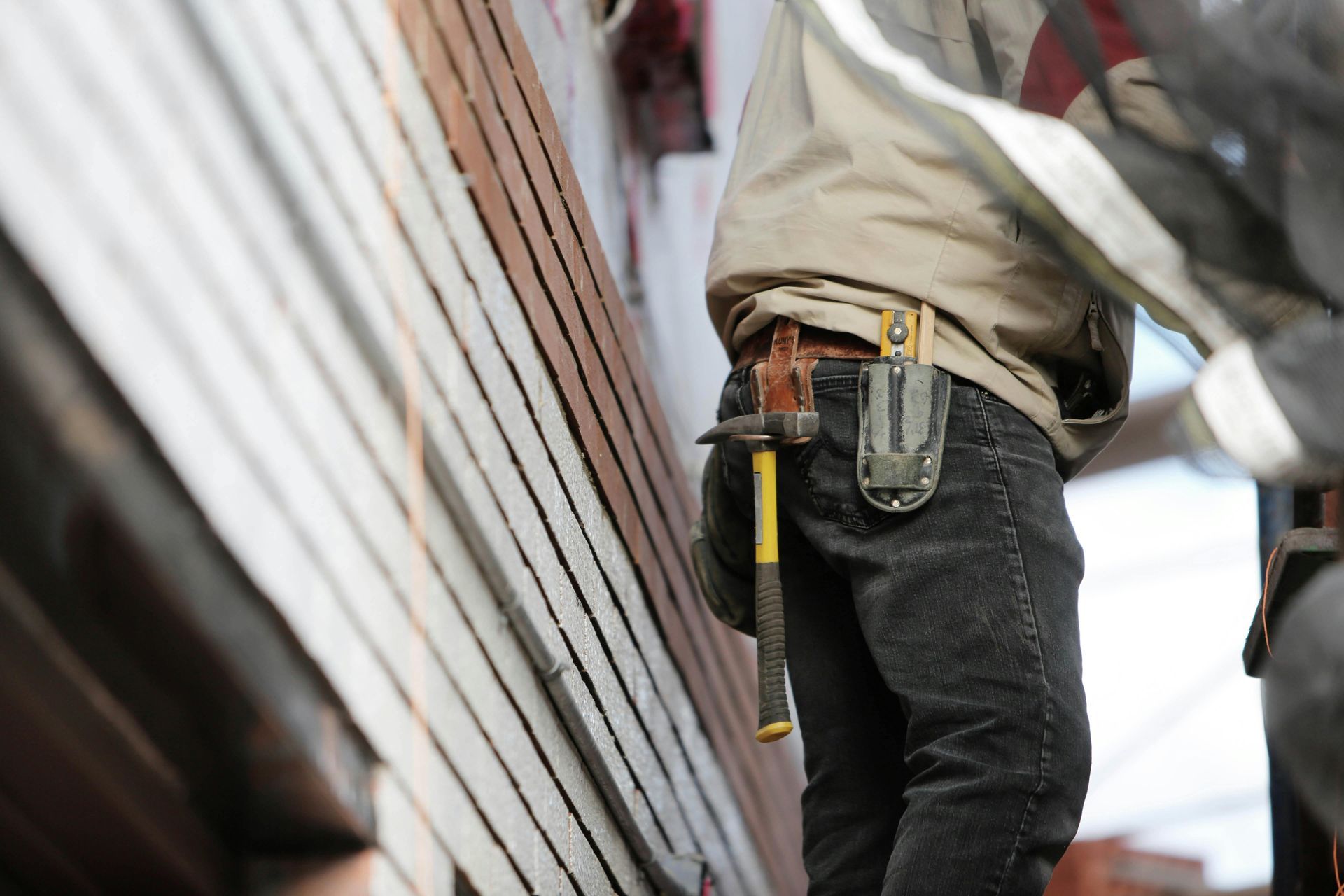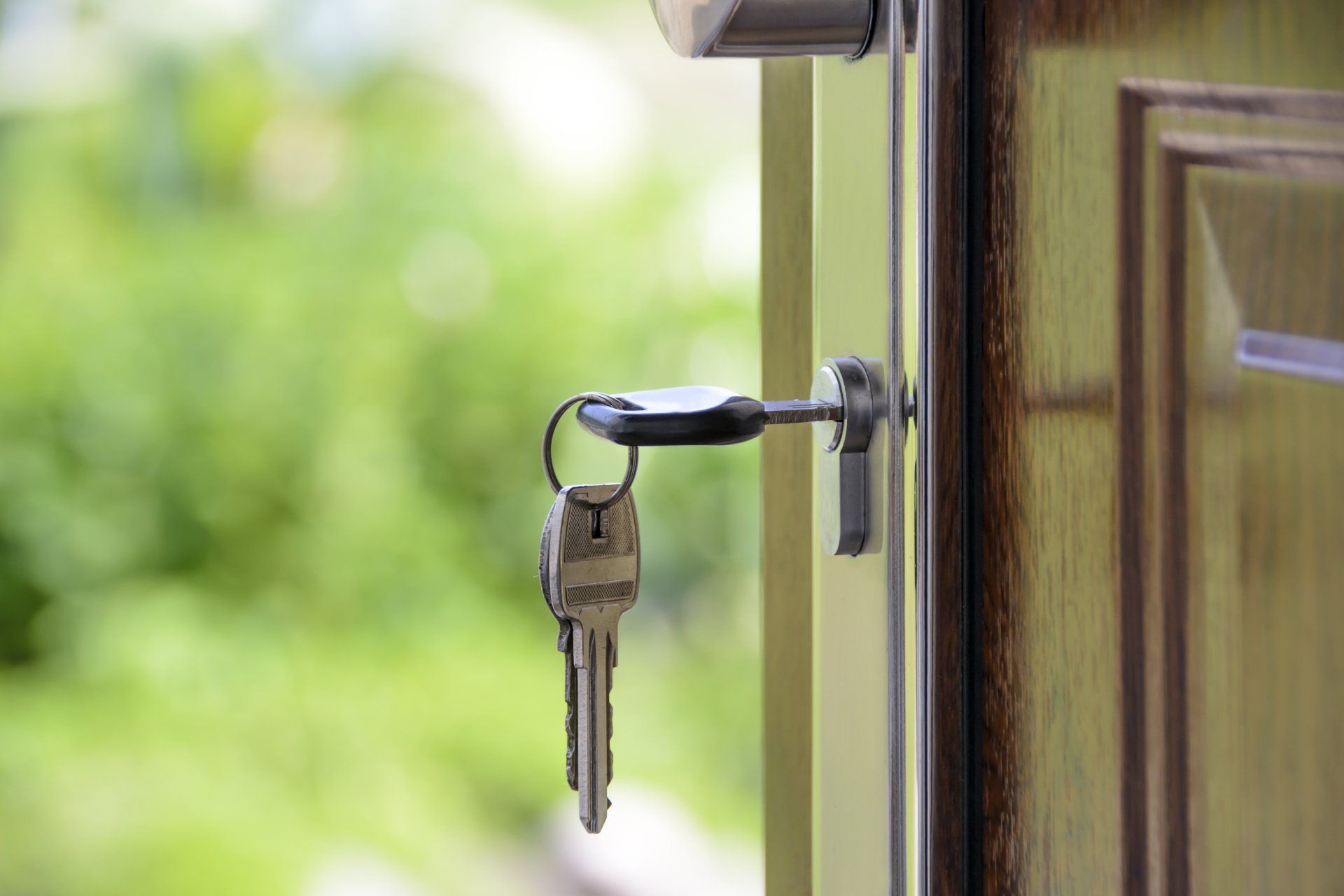What Can I do with Permitted Development?
What are permitted development rights?
As a homeowner, you can carry out certain types of work on your house without the need for planning permission. These are called ‘permitted development rights’.
Any building work done within permitted development will need to meet certain standards and criteria limiting the maximum size of extensions and loft conversions.
Luckily, these limits are quite generous. There’s a lot you can do to maximise your living space and improve your home without the need to go through planning permission.
What can I do under permitted development rules?
Limits apply which will restrict both the size of your extension and its outward appearance. This is because permitted development comes with a strict set of rules to make sure developments are in keeping with the local streetscape. They also make sure there’s no negative impact to your immediate neighbours – so your new extension or conversion doesn’t block their light, for example.
Rear Extension
This covers any extension across the rear elevation of your property. From side-return extensions to extensions that span the full width of your house.
Maximum depth:
Single storey rear extensions can come out by up to 3 metres for semi-detached, terraced and link-detached houses, and by 4 metres for a detached house, based on the original plans of the building, or as it stood on 1 July 1948 if older.
You can apply for prior approval for rear extensions up to 6 metres for semi-detached, terraced and link-detached houses, or by up to 8 metres for a detached house. This needs to be done before work starts. Your local authority will consult with your neighbours and decide whether prior approval is required before work can go ahead. Factors that can influence their decision include your neighbours’ ‘right to light’.
Maximum height:
No more than 4 metres. Any part of the roof falling within 2 metres of your neighbours’ boundaries must be a maximum height of 3 metres.
Maximum area:
Rear extensions must not come out further than the side of the house, and you can’t cover more than half of the land around the original dwelling (including outbuildings and sheds). The extension also must not come within 7 metres of the rear property boundary.
Appearance:
Your choice of materials must be similar in appearance to the original house.
Two Storey Extension
If you need extra bedroom space, you might be surprised to hear that a two-story extension may be perfectly achievable under permitted development. Here’s what you need to know:
Where can you build?
Two storey extensions can only be built off your property’s rear elevation, but not the side or front elevations.
Maximum depth:
You can extend a maximum of 3 metres from rear elevation on semi-detached, terrace or link-detached house, or up to 4 for a detached house.
Maximum height:
The height of the roof ridge and eaves can’t exceed the height of the ridge and eaves on the original house. Any part of the roof falling within 2 metres of your neighbours’ boundaries must be a maximum height of 3 metres.
Maximum area:
The extension (including any existing extensions and outbuildings) can’t exceed more than 50% of the total land around the house.
Appearance:
The pitch of the roof should be the same style as the existing roof and tiles and other externals materials should match. The pitch of the new roof should also match the existing house. Any second storey windows must be obscured glass and their opening parts must be at least 1.7 metres above the floor.
Side Extension
You can add extra downstairs living space to your house with a side extension. However, two storey side extensions don’t fall under permitted development rules. Let’s take a look at what’s achievable without going through planning permission:
Maximum width:
Side extensions must not exceed half the width of the original house.
Maximum depth:
The side extension can extend out further than the back of the house, projecting into the back garden by up to 3 metres for a semi-detached, terraced or link-detached house, or 4 metres if detached, based on the original plans of the building, or as it stood on 1st July 1948 if older.
Maximum height
The highest point of the roof can’t exceed is 4 metres. Any part of the roof falling within 2 metres of your neighbours’ boundaries must be a maximum height of 3 metres.
Property boundary:
There’s no restriction to how close you can go to the boundary with your neighbours, although it is always wise to talk to them about your plans first.
Wrap around:
Full width wrap around extensions aren’t allowed under permitted development rights. But a partial wrap around is permitted, provided the total width of the extension at its widest point does not exceed half the width of the original building.
Appearance:
Your choice of materials must be similar in appearance to the original house.
Loft Conversion
There are a few different types of loft conversion. These include:
- Roof lights only – this is the most straight forward option, which usually this involves interior changes only, with the simple addition of Velux-style windows to the existing roof
- Dormer conversion
- Hip-to-gable conversions
- Mansard conversions
- L-shaped
One or more different types of loft conversion can be used in a single project (for example, dormer windows can lend extra head hight to mansard or hip to gable conversions). The following regulations apply to them all:
Street view:
Dormers can’t be built on the front elevation of the house under permitted development (this is usually the side that faces the street). The only change at the front can be rooflights (Velux-style windows) which can project up to 15cm from the roof surface.
Maximum height:
Loft conversions can’t be higher than the highest point of the current roof.
Maximum volume:
The total increase in roof volume can’t exceed 50 cubic metres for a detached or semi-detached house, or 40 cubic metres for a terrace. Dormers must be set back a minimum of 20cm from the eaves.
Access:
The loft staircase must have at least 2 metres head height clearance.
Appearance:
New windows on the side of the house must be frosted and their opening parts must be at least 1.7m from the floor. Balconies or verandas are not permitted, but Juliet balconies that have no platform are allowed. New roof tiles and windows must match existing.
Garage Conversion
If you’re planning to extend into your garage to create a bedroom or living area and most of the work will be internal, it should be achievable under permitted development rules. When replacing your garage door and installing new windows, you’ll need to take care to use similar materials to the existing house.
Where planning permission would need to be considered is if you’re converting the garage into a separate dwelling (including annexes for family members) or increasing its footprint.
Porches
No extension can come forward past the line of the principal elevation – that’s usually the side of the house that faces the street. For example, you can’t add a new bay window without going through planning permission.
The only permitted development allowed on the front elevation is a porch with a maximum footprint of 3 square metres and no more than 3 metres in height. It must also be set back at least 2 metres from the boundaries of your property and from the road.
Garden Rooms, Outside Offices and Outbuildings
Garden rooms are classed as ‘outbuildings’ and can be built under permitted development rules. The rules for outbuildings cover structures that are within your property boundaries but not attached to your house. This includes garages, summer houses, and sheds, as well as less obvious buildings like tennis courts, swimming pools, ponds and containers used for heating oil.
Position
Outbuildings can’t be built more forward than the front elevation of your property (the front wall of your house).
Maximum height:
They can be up to 4 metres high if they have a dual pitched roof, or up to 3 metres with other types of roof, eg a flat roof. Any part of the roof falling within 2 metres of your neighbours’ boundaries must be a maximum height of 3 metres.
Maximum area:
The outbuilding must not exceed more than half of the original footprint of your house when it was built or on 1 July 1948, if it was built before then.
Features:
Decking around your outbuilding is fine, but you cannot build verandas or raised platforms above 0.3 metres in height.
Conclusion
The overall result is there is a lot of flexibility to what you can do with your home now under these rules. We have experience of working with York Council and North Yorkshire County Council to ensure everything is completed to satisfaction and no problems later arise. York have traditionally been more challenging for loft conversions however our skill and experience can ensure your loft conversion in York goes without a hitch!











